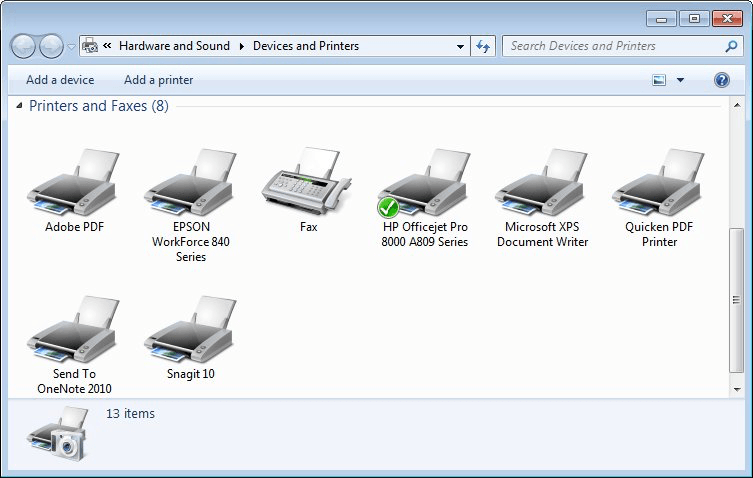

To learn more about how to use the “Auto Populate” Content Feature, see below. In this case, you may need more than one “User” Access Level to designate what you need. However one reason why you may want to use all three of these Access Levels within the sets above is if you have the need to “Auto-Populate” content to a user, based on their Access Level. This set of Access Levels is commonly used for “Individual Subscribers” as they CANNOT see each other in the Message Center and can only send messages to SUPPORT. There is literally NO DIFFERENCE in these Access Level Privileges either. This set of Access Levels is commonly used for “Employees” at a business as they can indeed see each other in the Message Center and send each other messages. There is literally NO DIFFERENCE in these Access Level Privileges. They all have the same exact privileges (or lack thereof) in that they can only see their own reports, and not other users. There is often only the need to use one of these “User” Access Levels and turn the others off. ID #įor the detailed grid of differences in these privileges, please see the Quick Links section below. They can create users (if toggled the ability to do so) and they can run reports. The Overseer has access to oversee Users at their own Location, that are at their Access Level and below. This is commonly for Overseers that need reporting access to more than one location. This is what your internal team of “Top Admin” users will utilize The Super User has access to the Super User Dashboard, and in short, that means they can have access to more than one Location. The Access Levels have ID Numbers, so that when you rename them, you can still see the ID# in some areas so you know which is which.

Within the System, these Access Levels can be renamed, turned on/off, and select privileges toggled on/off to best suit your needs.īelow we will look at the basics of how to “configure” these Access Levels in your System, and then in the next article we will go more in depth on each individual Access Level and what they can see and do. So a user name needs to be in a classroom (User Location) set as a Student (Access Level) and provisioned to both Math and Science (the Content Roles).Įach “System” currently can utilize up to 12 access levels (however Access Level 1 is reserved for LSVT use only). ** Content Roles – think of these like your school subjects, e.g. * Yes, you can get fancy and have a teacher oversee multiple classrooms and such, but this is the most basic example. The Student – this access level can only see their own report card.The Teacher – this access level can only see their own classroom and run reporting and administrate students within their classroom.The Principal – this access level can see all of the students in all of the classrooms, run reporting and administrate all of them.A very simple set up of Access Levels would be: To make a simple Analogy of what Access Levels are, think of your VT System as a school, and the User Locations are the classrooms.

Each user is assigned to one (and only one) Access Level, and this determines what basic privileges they have, or do not have.


 0 kommentar(er)
0 kommentar(er)
